Related Topics
Twisted Pairs
Ethernet vs USB? Which is better for communicating and automating test equipment and devices? Is it easy to implement Ethernet on an embedded system?
The Pinch Load
What are the common Design Rule Check errors that Parker and Stephen see as Contract Manufacturers? Are these DRC errors the ones that you run into?
Ridiculous Relay Ratings
On this episode, Parker sifts through marketing gimmicks for component ratings and Stephen discusses dual rail power supply designs.
Other Resources
Circuit Break Podcast
Webinars
Videos
Tour MacroFab's ITAR-Compliant Facility
March 25, 2016, Episode #8
- Stephen and Parker do a live discussion on how the digital and analog side of the Super Simple Power Supply will interface with each other. MultiSim has been a huge part in simulating the power supply design.
- Stephen has a new blog post about the Super Simple Power Supply.
- Parker has the 3D layout of the Super Simple Power Supply and the FX Dev board enclosure done. He still needs to draw up the mechanical drawing to send off to the machine shop. See Figure 1 for the 3D layout.
- Stephen built a discrete opamp built into a standard DIP-8 package. The opamp is designed for audio applications and Stephen wants to build a guitar effect pedal with them. See Figure 2 for the board. The files can be found on the MacroFab github account.
- Parker wants to try to build a discrete 555 timer inspired from Stephen’s opamp. Smallest BJT Parker can find is the 2SCR523V1T2L which is a DFN style package with a physical size is 0.8mm x 0.6mm x 0.35mm.
- Microchip publishes USB Mass Storage Loader that allows programing PICs by dropping the .HEX file into a “thumb drive” style drive. Uses 2 MCUs. One is the bridge and programs the second MCU.
- Microchip changed the MPLAB logo again.
- Researchers at the Center for Neuroprosthetics at the École Polytechnique Fédérale de Lausanne (Parker couldn’t pronounce this) developed a partially solid and partially liquid alloy made from gallium and gold. This material is flexable and bonds to silicon. This allows super flexible circuits. Blinky party balloons are the way for the future!
- Parker’s mother owns a Lumee. It is a LED “selfie” cellphone case. Has blinky leds gone to far?
- There is an internet poll to vote on the new name of a $288M Arctic research vessel. Current winner of the poll is “RRS Boaty McBoatface”. Never let the internet name anything.
- Speaking of the internet ruining things, Microsoft created a new AI called TayTweets to help improve their automated call responses. The internet turned it from an innocent teenage to a something a little more obscene in 24 hours. AI testing or social experiment?
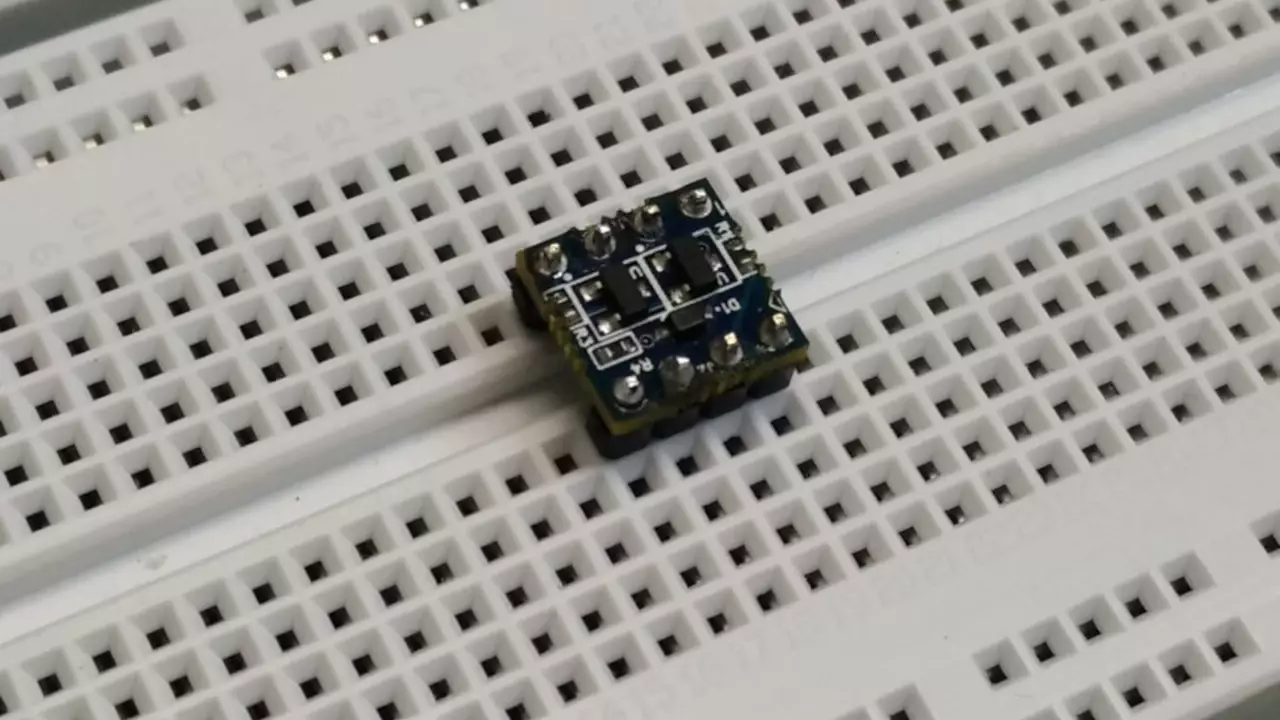
Figure 2: Stephen’s discrete DIP-8 package opamp
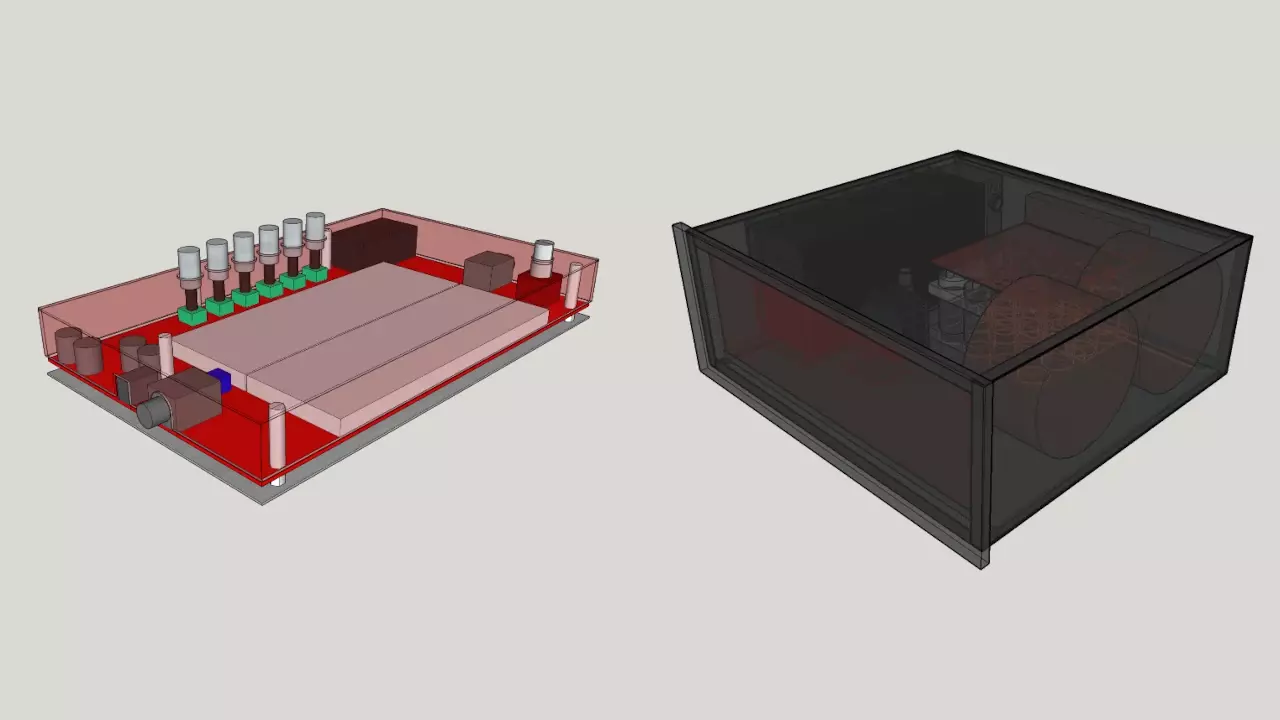
Figure 1: 3D Layout of the Super Simple Power Supply and FX Dev Board
About the Hosts

Parker Dillmann
Parker is an Electrical Engineer with backgrounds in Embedded System Design and Digital Signal Processing. He got his start in 2005 by hacking Nintendo consoles into portable gaming units. The following year he designed and produced an Atari 2600 video mod to allow the Atari to display a crisp, RF fuzz free picture on newer TVs. Over a thousand Atari video mods where produced by Parker from 2006 to 2011 and the mod is still made by other enthusiasts in the Atari community.
In 2006, Parker enrolled at The University of Texas at Austin as a Petroleum Engineer. After realizing electronics was his passion he switched majors in 2007 to Electrical and Computer Engineering. Following his previous background in making the Atari 2600 video mod, Parker decided to take more board layout classes and circuit design classes. Other areas of study include robotics, microcontroller theory and design, FPGA development with VHDL and Verilog, and image and signal processing with DSPs. In 2010, Parker won a Ti sponsored Launchpad programming and design contest that was held by the IEEE CS chapter at the University. Parker graduated with a BS in Electrical and Computer Engineering in the Spring of 2012.
In the Summer of 2012, Parker was hired on as an Electrical Engineer at Dynamic Perception to design and prototype new electronic products. Here, Parker learned about full product development cycles and honed his board layout skills. Seeing the difficulties in managing operations and FCC/CE compliance testing, Parker thought there had to be a better way for small electronic companies to get their product out in customer's hands.
Parker also runs the blog, longhornengineer.com, where he posts his personal projects, technical guides, and appnotes about board layout design and components.

Stephen Kraig
Stephen Kraig is a component engineer working in the aerospace industry. He has applied his electrical engineering knowledge in a variety of contexts previously, including oil and gas, contract manufacturing, audio electronic repair, and synthesizer design. A graduate of Texas A&M, Stephen has lived his adult life in the Houston, TX, and Denver, CO, areas.
Stephen has never said no to a project. From building guitar amps (starting when he was 17) to designing and building his own CNC table to fine-tuning the mineral composition of the water he uses to brew beer, he thrives on testing, experimentation, and problem-solving. Tune into the podcast to learn more about the wacky stuff Stephen gets up to.
Special thanks to whixr over at Tymkrs for the intro and outro!
Related Podcasts
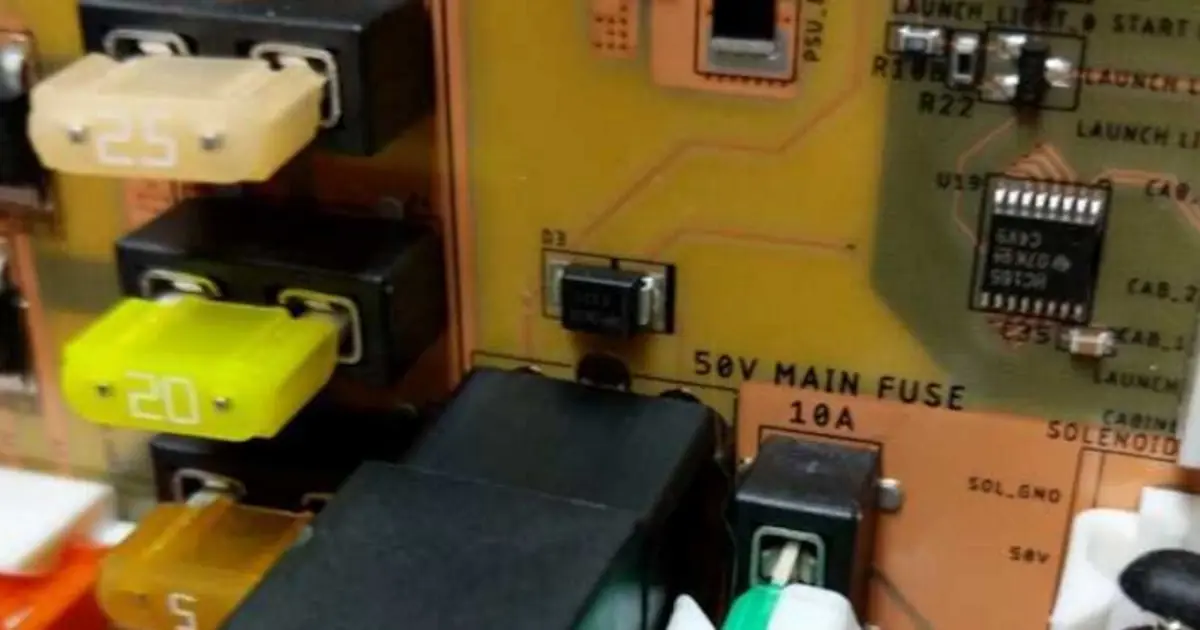
Ridiculous Relay Ratings
On this episode, Parker sifts through marketing gimmicks for component ratings and Stephen discusses dual rail power supply designs.
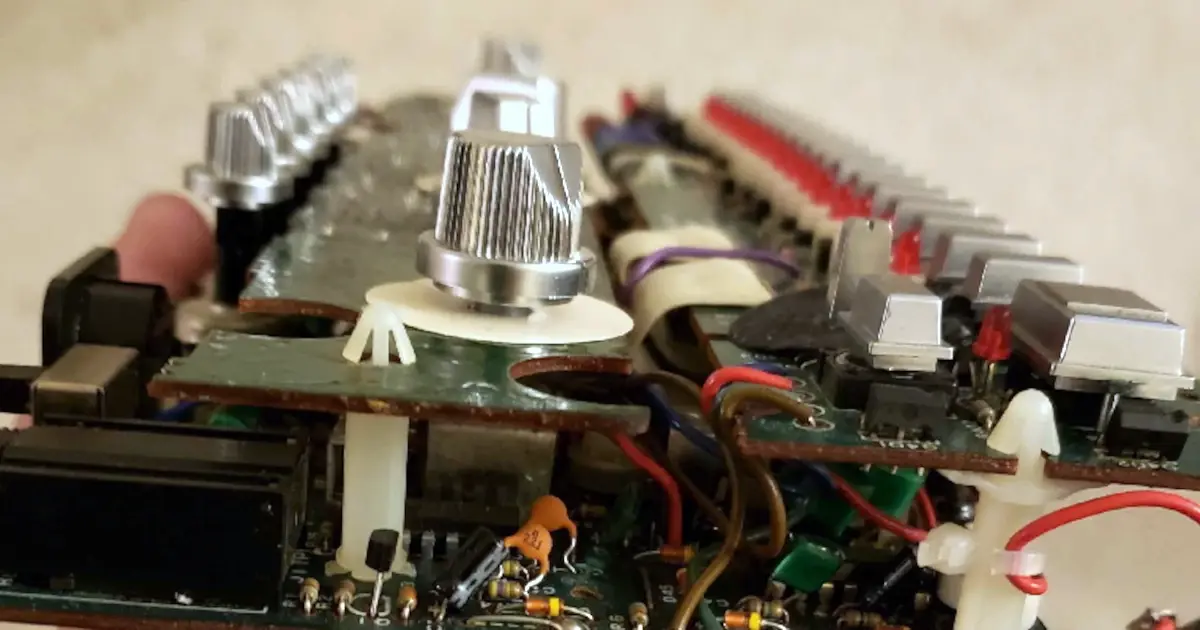
Kicking Troglodytes Off The Stage
PCB serial numbering? Parker and Stephen cover their thoughts on applying a unique identifier to PCBs in production for inventory and testing control.
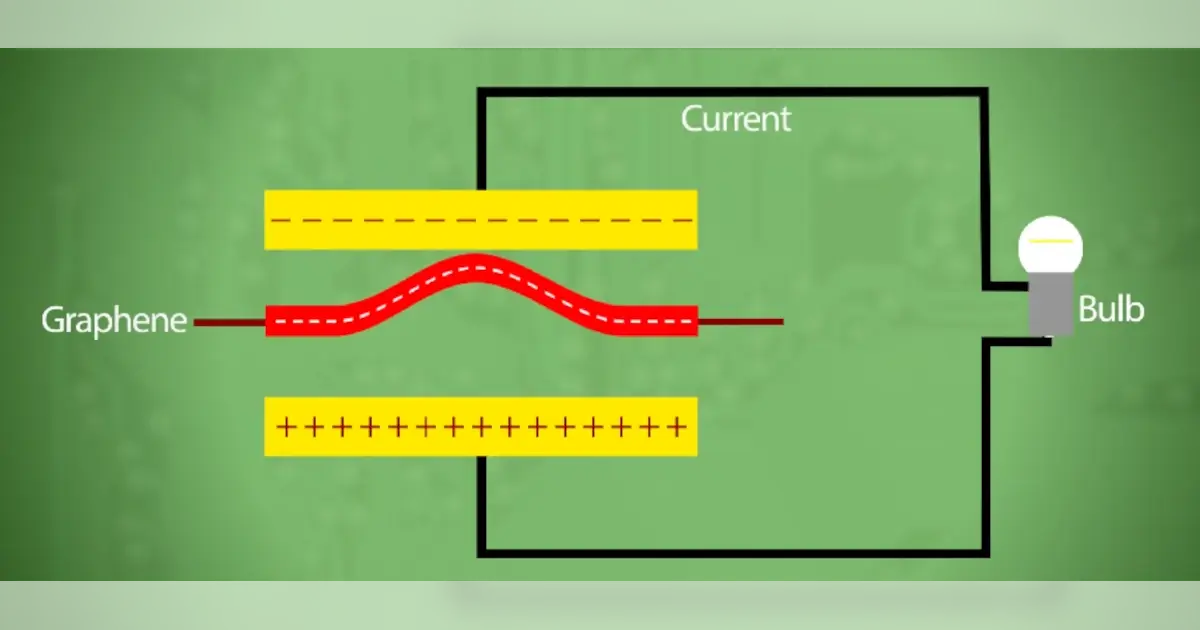
Doing Something Magical
Will graphene allow us to transcend to the next level of existence with free energy? Parker and Stephen discuss limitless power and the iPhone 12.

Twisted Pairs
Ethernet vs USB? Which is better for communicating and automating test equipment and devices? Is it easy to implement Ethernet on an embedded system?
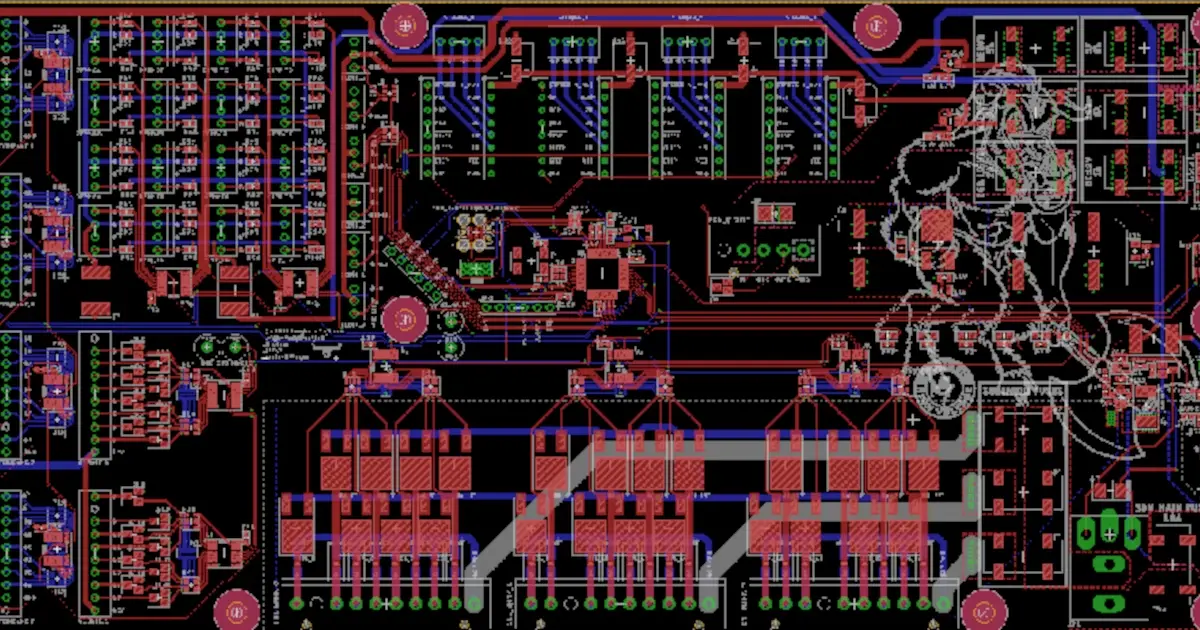
How Soft Are Your Diodes?
Parker's pinball controller has gone gold! Revision 3 is being fabricated! Stephen then explores the softness factor of diodes and the SSPS returns?
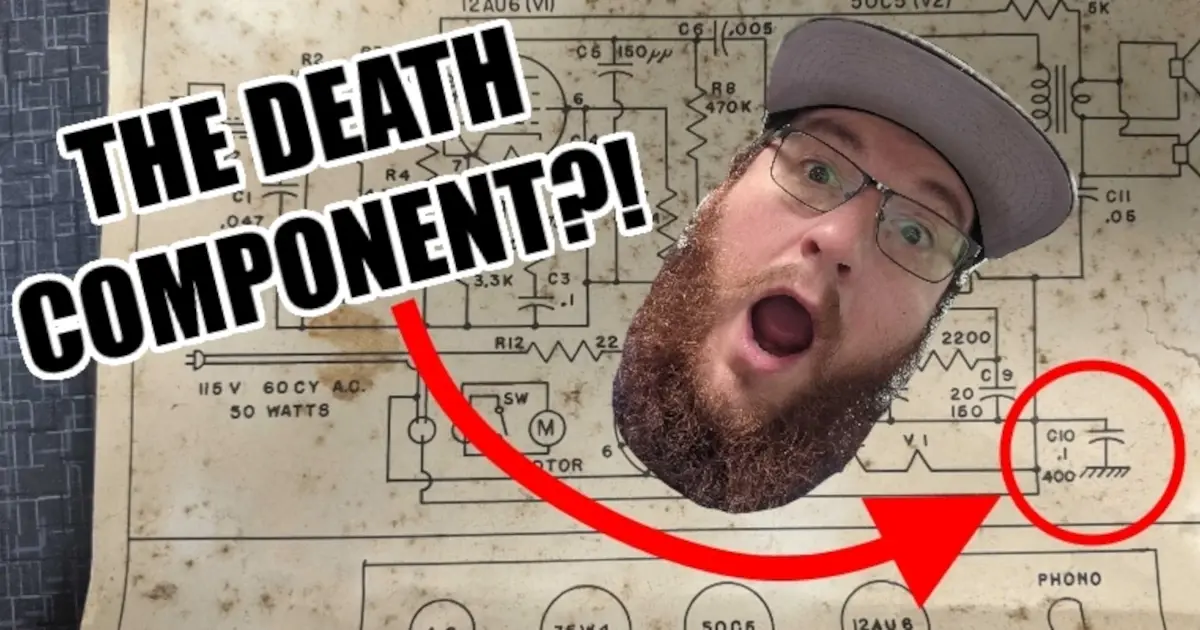
The Pinch Load
What are the common Design Rule Check errors that Parker and Stephen see as Contract Manufacturers? Are these DRC errors the ones that you run into?
About MacroFab
MacroFab offers comprehensive manufacturing solutions, from your smallest prototyping orders to your largest production needs. Our factory network locations are strategically located across North America, ensuring that we have the flexibility to provide capacity when and where you need it most.
Experience the future of EMS manufacturing with our state-of-the-art technology platform and cutting-edge digital supply chain solutions. At MacroFab, we ensure that your electronics are produced faster, more efficiently, and with fewer logistic problems than ever before.
Take advantage of AI-enabled sourcing opportunities and employ expert teams who are connected through a user-friendly technology platform. Discover how streamlined electronics manufacturing can benefit your business by contacting us today.